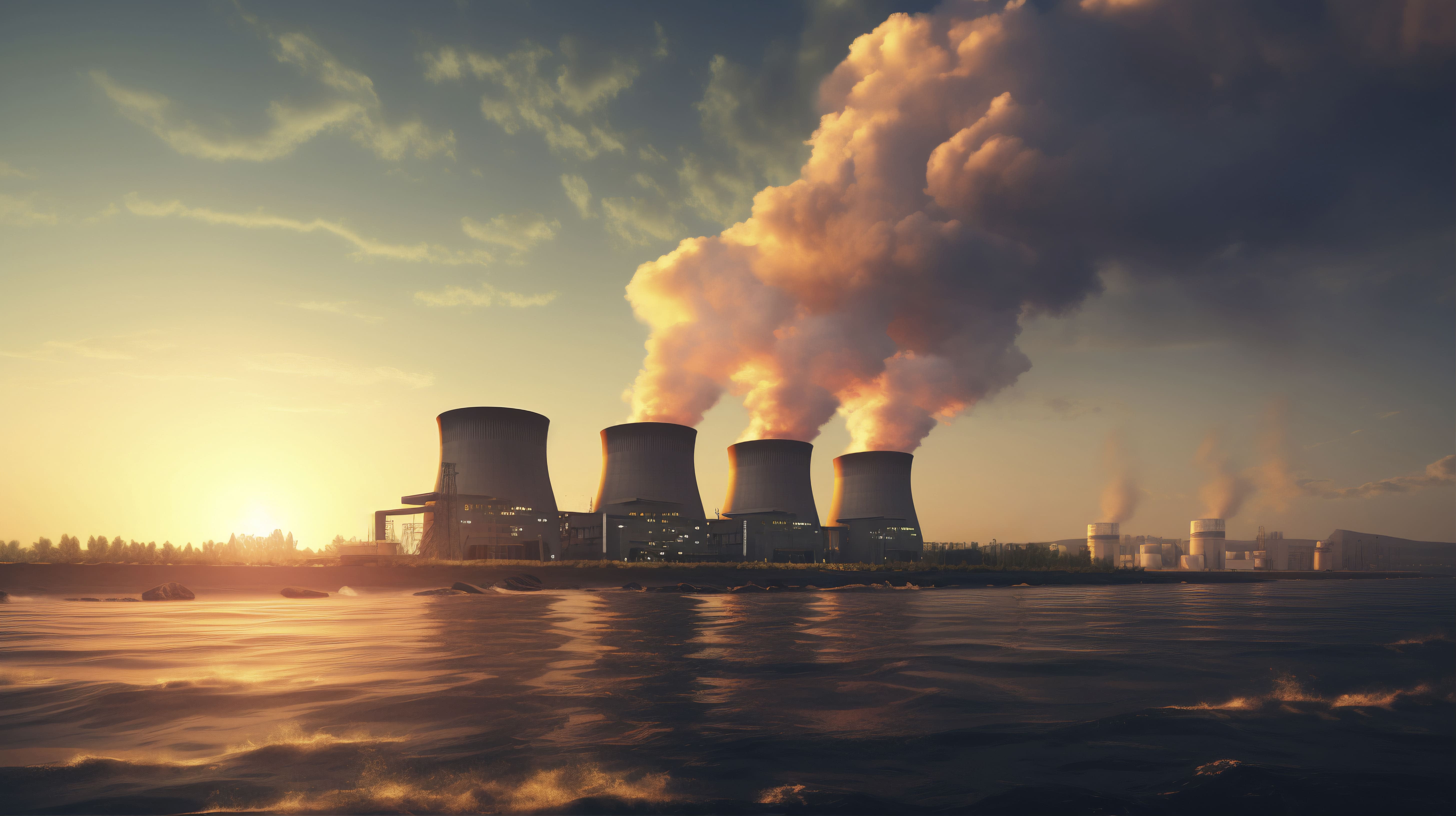
Table of Content
Das EU-EHS ist ein Eckpfeiler der EU-Politik zur Bekämpfung des Klimawandels und ihr wichtigstes Instrument zur kosteneffizienten Reduzierung von Treibhausgasemissionen. Es ist der weltweit erste große Kohlenstoffmarkt und bleibt der größte.
Das EU-Emissionshandelssystem:
Tätig in allen EU-Ländern sowie Island, Liechtenstein und Norwegen (EWR-EFTA-Staaten),
begrenzt die Emissionen von rund 10.000 Anlagen der Energiewirtschaft und des produzierenden Gewerbes sowie der zwischen diesen Ländern operierenden Luftfahrzeugbetreiber,
deckt rund 40 % der Treibhausgasemissionen der EU ab.
Ein „Cap-and-Trade“-System
Im Rahmen der Obergrenze kaufen oder erhalten Betreiber Emissionszertifikate, die sie bei Bedarf untereinander handeln können. Durch die Begrenzung der Gesamtzahl der verfügbaren Zertifikate wird sichergestellt, dass diese einen Wert haben. Das Preissignal schafft Anreize für Emissionsreduzierungen und fördert Investitionen in innovative, kohlenstoffarme Technologien, während der Handel Flexibilität bietet, die sicherstellt, dass Emissionen dort reduziert werden, wo dies am wenigsten kostet.
Nach jedem Jahr muss ein Betreiber genügend Zertifikate abgeben, um seine Emissionen vollständig abzudecken, andernfalls werden hohe Geldstrafen verhängt. Wenn eine Anlage ihre Emissionen reduziert, kann sie die überschüssigen Zertifikate behalten, um ihren zukünftigen Bedarf zu decken, oder sie an einen anderen Betreiber verkaufen, der nicht über Zertifikate verfügt.
Die Einnahmen aus dem Verkauf von Zertifikaten im EU-ETS fließen größtenteils in die Haushalte der Mitgliedstaaten. Außerdem werden Zertifikate versteigert, um die Mittel zur Unterstützung von Innovationen bei kohlenstoffarmen Technologien und der Energiewende bereitzustellen.
Abgedeckte Sektoren und Gase
Das EU-ETS deckt die folgenden Sektoren und Gase ab und konzentriert sich auf Emissionen, die mit einem hohen Maß an Genauigkeit gemessen, gemeldet und überprüft werden können:
- Kohlendioxid (CO2) aus:
·
- Strom- und Wärmeerzeugung,
- energieintensive Industriezweige, darunter Ölraffinerien, Stahlwerke und die Produktion von Eisen, Aluminium, Metallen, Zement, Kalk, Glas, Keramik, Zellstoff, Papier, Pappe, Säuren und organischen Massenchemikalien,
- Luftverkehr im Europäischen Wirtschaftsraum.
- Lachgas (N2O)aus der Produktion von Salpeter-, Adipin- und Glyoxylsäure sowie Glyoxal.
- Perfluorkohlenstoffe (PFCs)aus der Aluminiumproduktion.
Die Teilnahme am EU-ETS ist für Unternehmen in diesen Sektoren verpflichtend, aber:
- in einigen Sektoren sind nur Betreiber ab einer bestimmten Größe enthalten,
- bestimmte kleine Anlagen können ausgeschlossen werden, wenn Regierungen steuerliche oder andere Maßnahmen ergreifen, die ihre Emissionen um einen entsprechenden Betrag reduzieren,
im LuftfahrtbereichBis mindestens zum 31. Dezember 2023 gilt das EU-ETS nur für Flüge zwischen Flughäfen im Europäischen Wirtschaftsraum. Ab dem 1. Januar 2019 sind Luftfahrzeugbetreiber verpflichtet, ihre Emissionen auch für den Europäischen Wirtschaftsraum zu überwachen und zu melden.
Das Emissionshandelssystem der Europäischen Union (EU ETS)ist der Eckpfeiler der EU-Politik zur Bekämpfung des Klimawandels und ein wichtiges Instrument zur kosteneffizienten Reduzierung der Treibhausgasemissionen. Es ist das erste und größte internationale System für den Handel mit Treibhausgasemissionszertifikaten und umfasst mehr als 11.000 Kraftwerke und Industrieanlagen in 31 Ländern sowie Fluggesellschaften.
Phase 4 des EU-ETS beinhaltet mehrere wichtige Änderungen an den bisherigen Strukturen des Systems, wie zum Beispiel:
- Marktstabilitätsreserve (MSR):Bei der MSR handelt es sich um einen Mechanismus, der 2015 eingeführt wurde und 2019 in Kraft trat, um den Überschuss an Emissionszertifikaten zu beheben, der sich im System angesammelt hatte und den CO2-Preis drückte. Der MSR passt das Angebot an verkauften Zertifikaten automatisch an den Markt an.
- Linearer Reduktionsfaktor (LRF):Der LRF ist die jährliche Reduzierung der Obergrenze der maximal zulässigen Emissionen. Für Phase 4 wurde der LRF von 1,74 % auf 2,2 % pro Jahr erhöht, um eine deutlichere Reduzierung der Treibhausgasemissionen zu erreichen.
- Kostenlose Zuteilung und Carbon Leakage:Phase 4 führt Änderungen in der Art und Weise ein, wie kostenlose Zertifikate zugeteilt werden. Branchen, bei denen ein erhebliches Risiko einer Verlagerung ihrer Emissionen in Länder außerhalb der EU besteht (Carbon Leakage), erhalten einen höheren Anteil an kostenlosen Zertifikaten. Das System zur Bestimmung dieser Branchen wird zielgerichteter und dynamischer sein, wobei die Liste der Sektoren alle fünf Jahre aktualisiert wird.
- Innovations- und Modernisierungsfonds:Aus den Einnahmen aus der Versteigerung von Zertifikaten werden zwei neue Fonds eingerichtet. Der Innovationsfonds wird die Demonstration innovativer Technologien unterstützen und der Modernisierungsfonds wird Investitionen in die Modernisierung des Energiesektors und der Energiesysteme insgesamt sowie die Steigerung der Energieeffizienz in zehn einkommensschwächeren EU-Mitgliedstaaten erleichtern.
Ahmed Sakr
Produkt-Compliance-Berater
ComplyMarket UG (haftungsbeschränkt)
Share with your community
Comments
Leave a comment or ask a question


